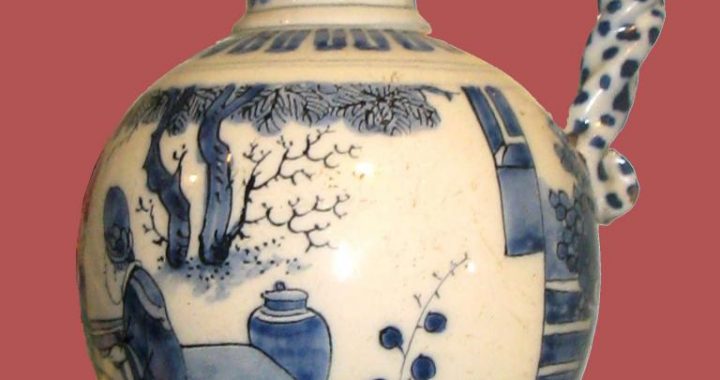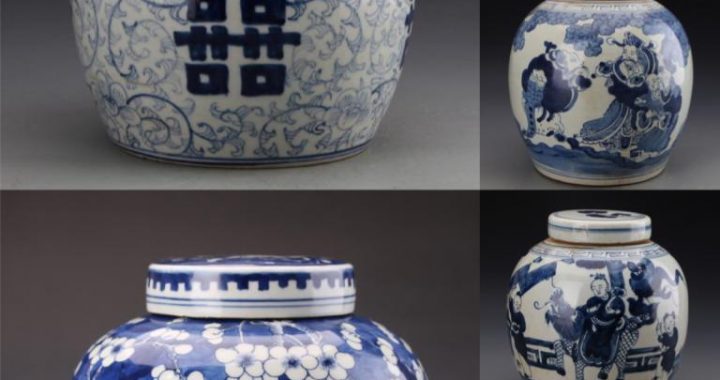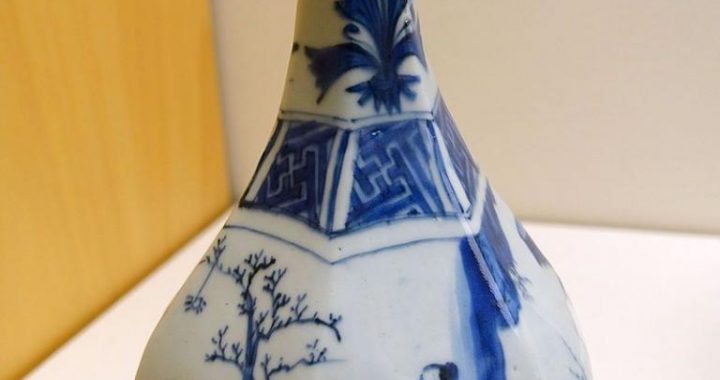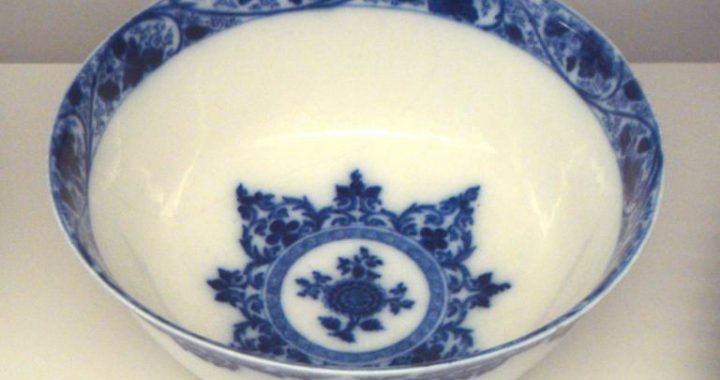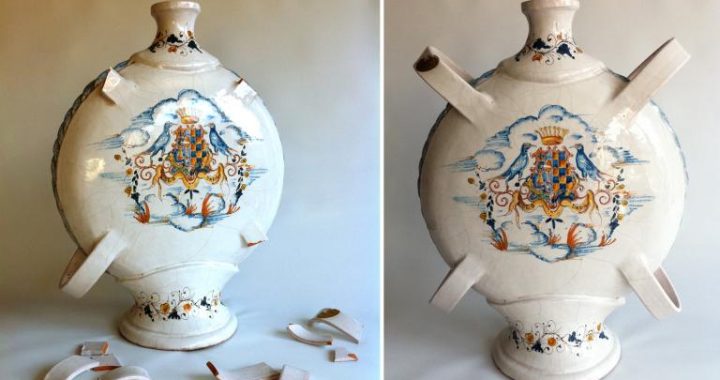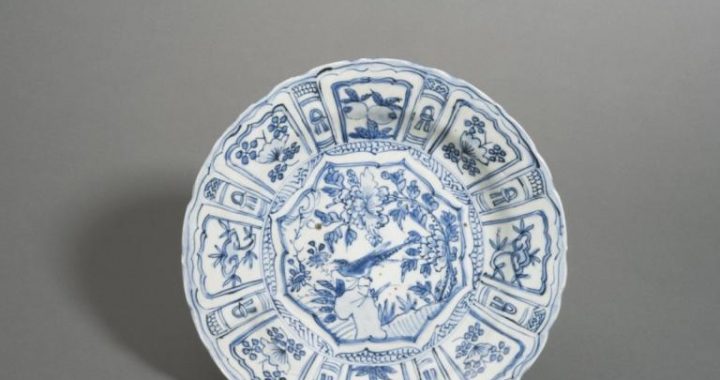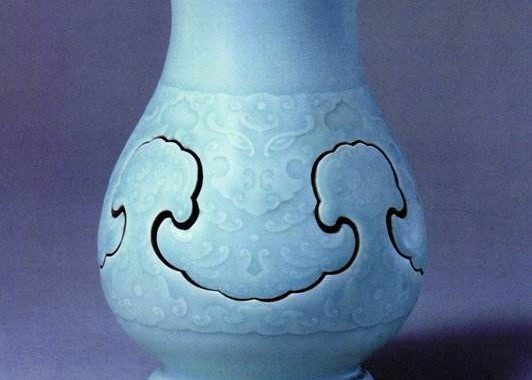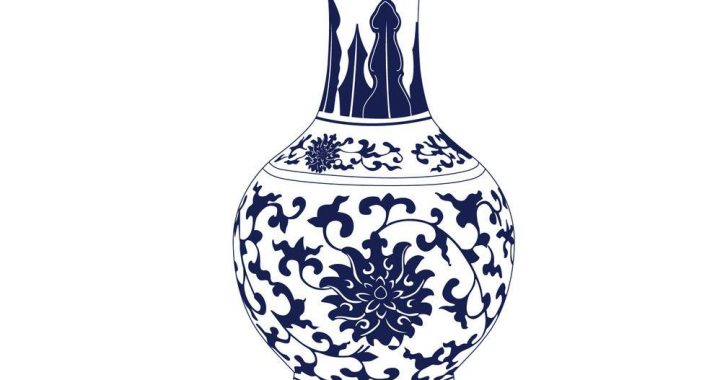Arts and Crafts during the Primitive Society
3 min readIn the early stage of human society,stone artifacts were the main implements of production. Through the fabrication of stone artifacts man had a better understanding of the effect and significance of hands and thus handicrafts gradually developed. As early as 1,700,000 years ago, at the age of the Yuanmou Man in Yunnan Province, China, the ancients of China began to make rough stone artifacts as implements or weapons for existence. At the time of the Upper Cave Man, that was 17,000 years ago, there were plentiful kinds of stone artifacts and in the respect of technological processing, the technology of drilling, scraping, polishing, and line engraving were already used. The technological fabrication could preliminarily meet the demand of man’s material life and the rudiment of decoration also appeared to reflect their aesthetic consciousness. The Upper Cave Man also learned how to drill wood to make fire. The development from preserving kindling material to bore wood to get fire showed the great improvement of man’s ability for existence. The use of fire made possible all the later crafts, like the invention of pottery and metallurgy, which was of extraordinary significance in the history of development of human culture.
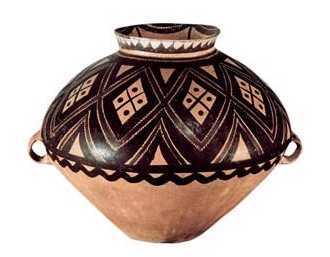
Jade dragon of the Hongshan Culture, collected in Wengniute Prefecture Museum of Inner Mongolian Autonomous Region.
In the process of material selection for stoneware, people found some “beautiful stones”with close grains and sparkling colors. With meticulous processing, they made the stones into ornaments either for carrying with them or being buried with them after death. Thus jade ware craft was developed and gradually became an independent variety of workmanship.
Stone club and millstone in the Neolithic Age.
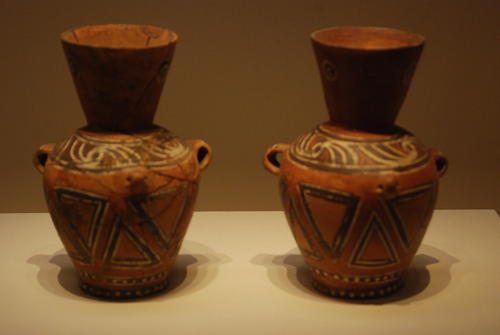
Buildings reflect man’s consciousness for settlement. In line with their respective geographic conditions, people of the clan society in ancient China built dwelling places in different styles, semi-underground basement in the northern Yellow River valleyand nests on trees in the southern Yangtze River valley. For meeting the demand of dwelling, people also developed carpentry. From the dwellings ruins in Yuyao, Zhejiang, we can see the people there already lived a kind of settled life in houses built with earth and wood seven thousand years ago.
In early days, when processing natural materials, people only changed their appearance but pottery-making changed the nature of clay with fire, which was a development by leaps and bounds. Earthenware not only enriched utensils for dailylife but also increased the stability of the settled farming life. After enteringpatriarchal society, pottery-making was changed from a community undertaking of a clan to a special production department controlled by a family. Technology was improved and pottery varieties were increased. Grey pottery, black pottery and white pottery made with china clay all came into being.
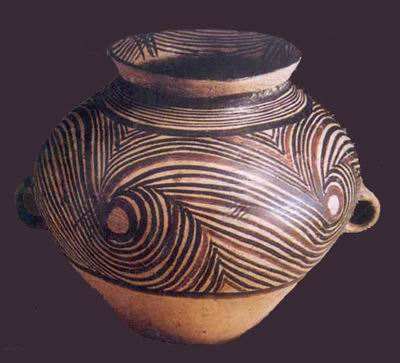
The handicraft culture of the ancient times in China formed different regional features with their respective advantages. For instance, the painted pottery of the Yangshao Culture in the north (7,000-5,000 years ago) was well developed, the sculptures of the Hemudu Culture in the south (c.7,000 years ago) were remarkable, and the Longshan Culture in the eastern region (5,000-4,000 years ago) scoreda success in modeling. The handicrafts of the primitive society already had the distinctive feature of making full use of various kinds of skills and attained the unity of practical use and decoration.Face profile painted pottery pot of the Yangshao Culture in the Neolithic Age, collected in the National Museum of China.
